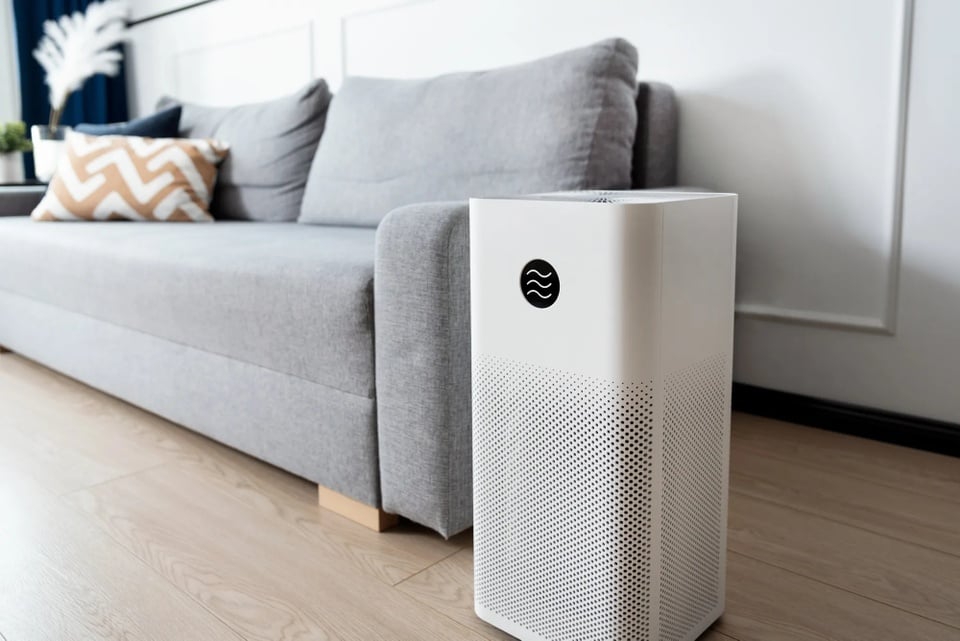 |
Most air purifiers have not been tested in real life. Photo: Bloomberg . |
A study published in the journal Annals of Internal Medicine found that most air purifiers advertised as being able to kill viruses and bacteria have not been tested in real-world settings. Of the nearly 700 scientific papers reviewed, only about 8% were tested in real-world settings with humans, while more than 90% were conducted in open spaces or on laboratory animals.
This is concerning because many respiratory viruses such as influenza and Covid-19 can be transmitted through the air. The recent pandemic has shown the devastating power of respiratory diseases, making the need for solutions to improve indoor air quality urgent.
Technologies such as HEPA filters, ultraviolet lights or special ventilation designs are expected to help limit pathogens, but experimental evidence in humans is very scarce.
The disparities are even more pronounced within each technology. Of the 44 studies on photocatalytic oxidation, which produces chemicals to kill microorganisms, only one examined its effectiveness in preventing human infection. Of the 35 studies on plasma technology, that number was zero. Of the more than 40 studies on filters incorporating nanomaterials, none involved human testing.
The gap between marketing claims and scientific data raises many questions. While manufacturers often promote products that can prevent viruses, serving schools, health centers or workplaces, there is not enough evidence to confirm that in practice.
Some technologies even generate byproducts such as ozone, formaldehyde, or hydroxyl radicals, compounds that can be harmful when inhaled. However, only 14 of the 112 studies that focused on technologies that generated harmful byproducts actually tested these effects, in stark contrast to the rigorous processes used in pharmaceutical research.
According to the authors, assessing the effectiveness of air quality indicators such as the amount of fine dust or the number of bacteria does not mean that the risk of infection is actually reduced. This knowledge gap prevents scientists from determining the real level of protection that air purifiers provide.
Source: https://znews.vn/cu-lua-cua-may-loc-khong-khi-post1580136.html







![[Photo] President Luong Cuong attends the 80th Anniversary of the Traditional Day of the Armed Forces of Military Region 3](https://vphoto.vietnam.vn/thumb/1200x675/vietnam/resource/IMAGE/2025/10/28/1761635584312_ndo_br_1-jpg.webp)





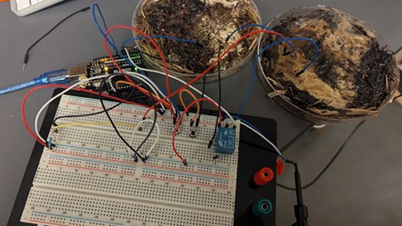


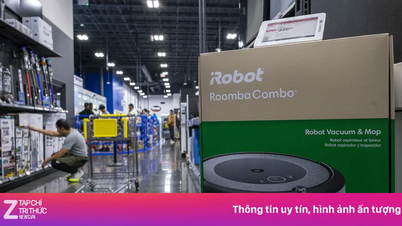




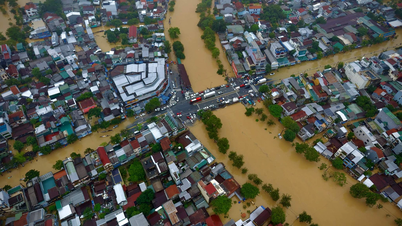





![[Photo] Party Committees of Central Party agencies summarize the implementation of Resolution No. 18-NQ/TW and the direction of the Party Congress](https://vphoto.vietnam.vn/thumb/1200x675/vietnam/resource/IMAGE/2025/10/27/1761545645968_ndo_br_1-jpg.webp)
![[Photo] The 5th Patriotic Emulation Congress of the Central Inspection Commission](https://vphoto.vietnam.vn/thumb/1200x675/vietnam/resource/IMAGE/2025/10/27/1761566862838_ndo_br_1-1858-jpg.webp)
![[Photo] Draft documents of the 14th Party Congress reach people at the Commune Cultural Post Offices](https://vphoto.vietnam.vn/thumb/1200x675/vietnam/resource/IMAGE/2025/10/28/1761642182616_du-thao-tai-tinh-hung-yen-4070-5235-jpg.webp)

























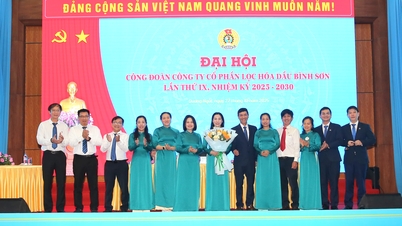











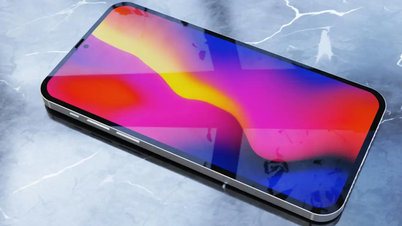







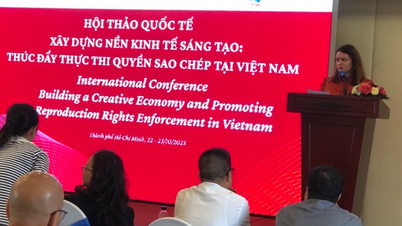
























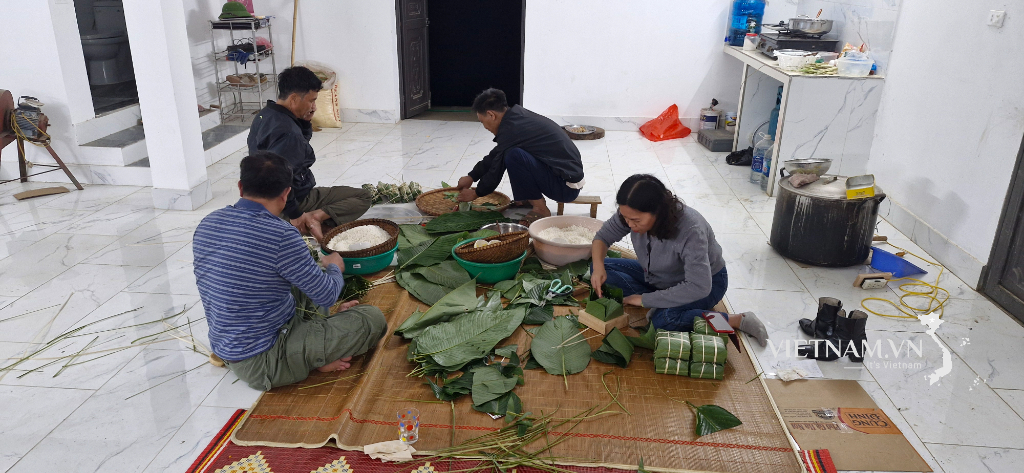


Comment (0)